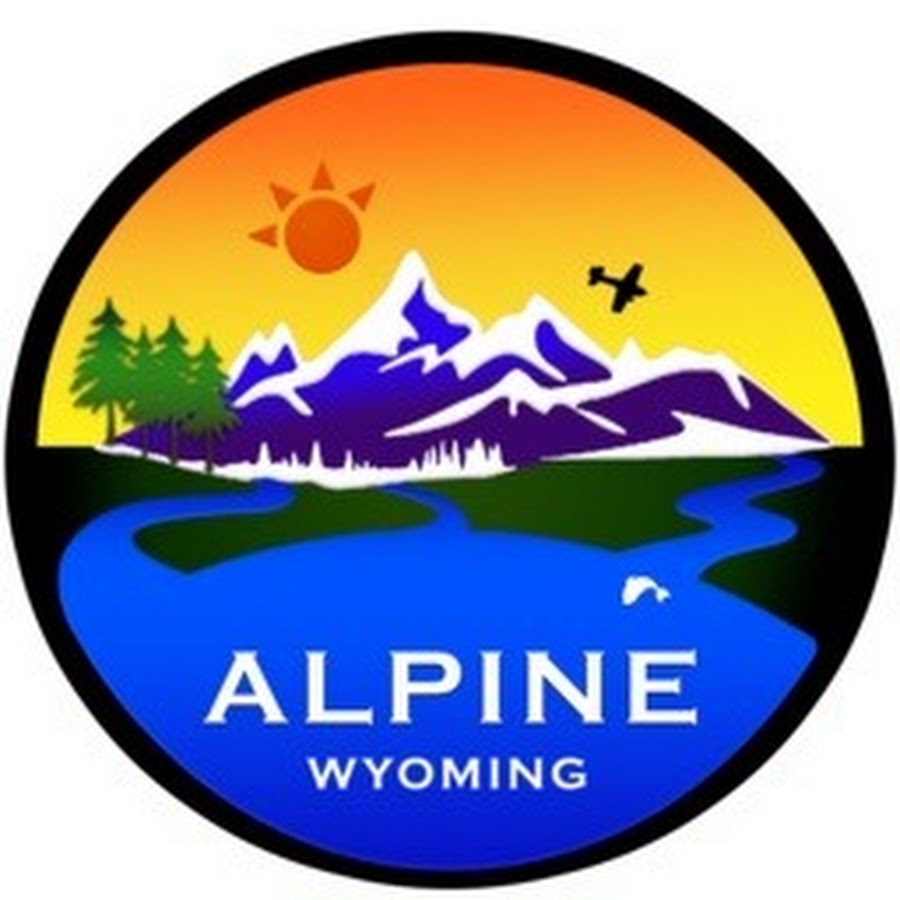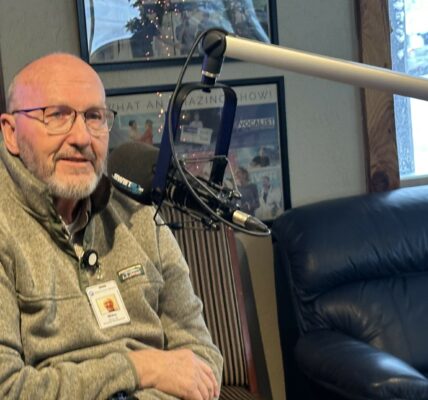
By Tracie Sullivan
Rocket Miner
Via- Wyoming News Exchange
ROCK SPRINGS — In a recent move prompted first by legislative changes, Sweetwater County Commissioners unanimously passed a resolution Tuesday, April 16, allowing out-of-state off-road vehicles to travel on county roads without a license.
House Bill 42, passed in 2023, granted counties and cities the flexibility to allow out-of-town OHV users to acquire only a registration sticker instead of a full license, prompting the commissioners’ decision. The resolution aims to facilitate access for users from states where off-road vehicle licensing is unavailable.
“There are states that do not license off-road vehicles,” Commissioner Taylor Jones said, during an interview with the Rocket Miner following the meeting. “Our action today simply allows the people from those states to ride on our roads and to access our trails.”
The resolution does not extend to streets within city limits, such as those in Rock Springs or Green River.
Additionally, the commissioners’ action lays the groundwork for interconnected trail development across Southwest Wyoming, aligning with the mission of the Southwest Wyoming Off-road Trails program.
Spearheaded by local OHV enthusiasts and community leaders, the SWOT program seeks to establish an extensive network of off-road trails connecting communities in Fremont, Lincoln, Sublette, and Sweetwater counties. The program aims to enhance outdoor recreation opportunities for tourists and stimulate economic activity in rural areas.
Initially, the commission considered two resolutions, one comprehensive and the other more concise. Ultimately, they opted for the shorter version, reasoning that the longer one unnecessarily complicated matters and might necessitate future revisions in response to legislative changes.
“I think less is more. If we put too many words in it and we try to repeat too many state statutes then they’re just going to change those statutes and then we have to change our resolution to match the state statutes,” said Commissioner Chairman Keaton West. “So I’m partial to the short form but I am in support of adopting this and getting it done.”
During the meeting, discussions primarily centered around potential safety issues regarding the proposed resolutions.
Public Works Director Gene Legerski raised concerns about the frequent presence of heavy industrial equipment, such as semi-trucks, on county roads, in addition to off-highway vehicles.
“…When you look at engineering studies and if you guys have ever been down in Denver or Salt Lake and you’re mixing vehicle traffic with bike lane traffic, traffic with scooter traffic and all that stuff,” Legerski said. “The more different traffic types you have the harder it is to move around.”
Jones later highlighted that regardless of whether the OHVs were licensed, off-road vehicles still use the same roads, asserting that the risk remains unchanged.
Commissioner Mary Thoman also questioned the potential impacts of increased traffic on certain roads and its effects on wildlife and livestock.
“I did receive some constituent calls regarding agricultural areas, like during spring lambing, when there’s heavy extra traffic in an area,” Thoman said. “It could also affect wildlife.”
Thoman suggested the commission consider designating specific routes instead of enrolling all county roads into the program. Additionally, she pointed to maintenance concerns, noting the potential damage caused by OHVs to the roads.
However, Legerski said that the impact of one semi-truck on a road equates to that of 10,000 personal vehicles traveling the same route.
“I don’t think a four-wheeler adds that much more to it,” he said. “And obviously it’s however the person uses the four-wheeler. If they decide they’re going off-road and jumping over our berms and doing stuff like that, yeah, they’re going to cause more damage but we’re looking at what the majority of the population will do and hopefully everybody will operate those in a safe and efficient manner.”
Echoing Thoman’s earlier comments about safety, Commissioner Rob Slaughter also expressed apprehension about approving the resolution and the potential consequences of a serious accident thereafter.
“I just can’t imagine what the situation would be like for me, where we had an oil field truck traveling 65 mph hit a family that’s in an ORV and we had approved this without taking all precautions that we could to try and make sure that that didn’t happen,” Slaughter said.
The issue of potential liability for the county in case of an accident involving an unlicensed OHV and a semi-truck was also raised.
Referring to the legislation, Jones said that the state empowered counties and cities to implement such resolutions, thus relieving them of any liability.
“As far as the safety goes, the state has decided that it’s in statute so we don’t decide that. We don’t dictate it. We don’t change it. We follow the rules just like everybody else,” Jones said. “Does that make everybody safe? No, but they’re not any safer with all the rules about driving your car down the road so either people follow them or they don’t.”
Although the hour-long discussion among the commissioners addressed most concerns, Thoman still expressed lingering apprehensions despite ultimately voting in favor of the resolution.
“I’ll say yes only because I believe in unlimited access to the roads in the county, but I believe there could be safety issues, but I will say yes,” she said.




